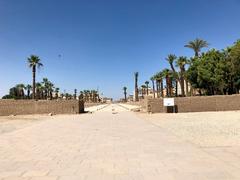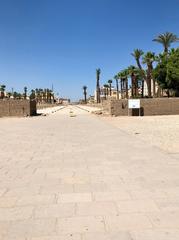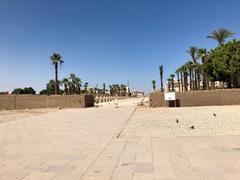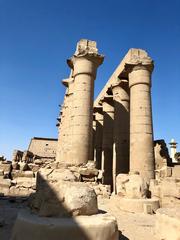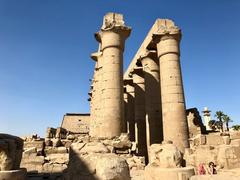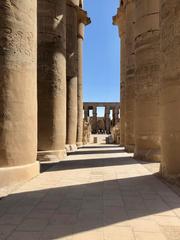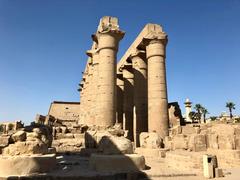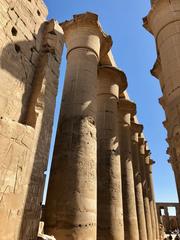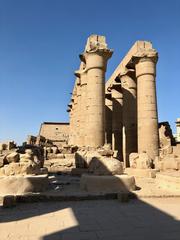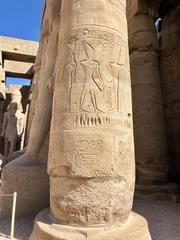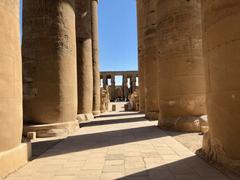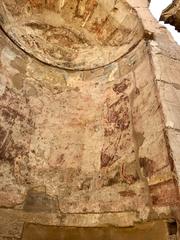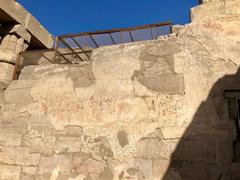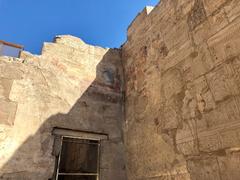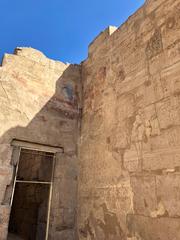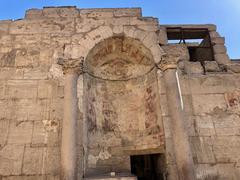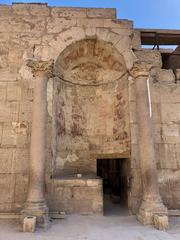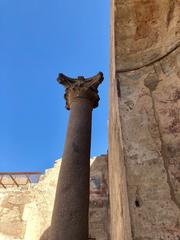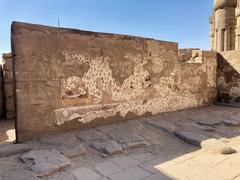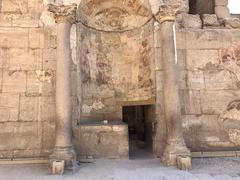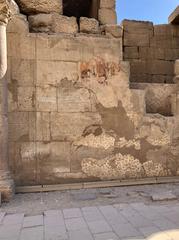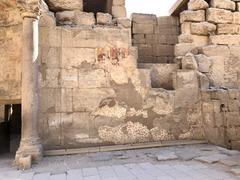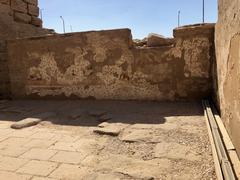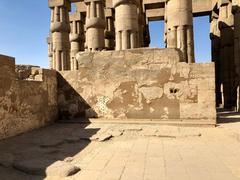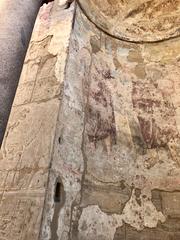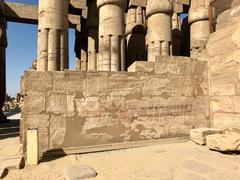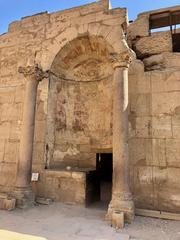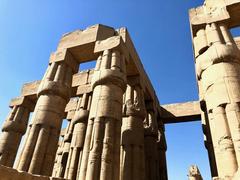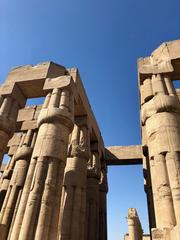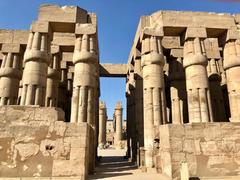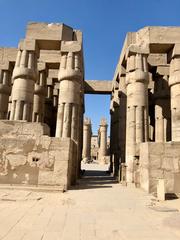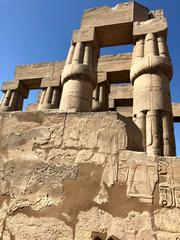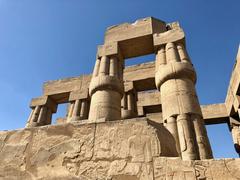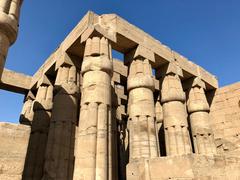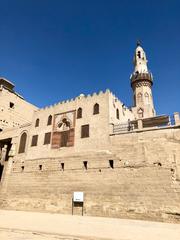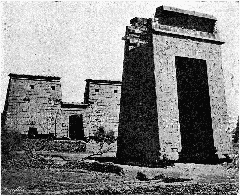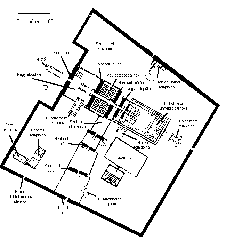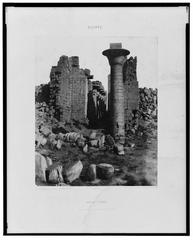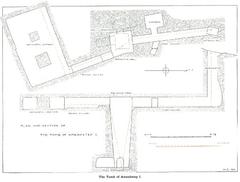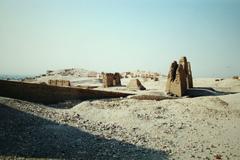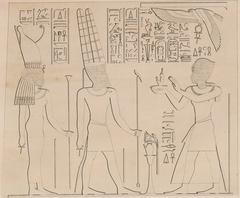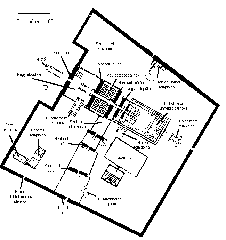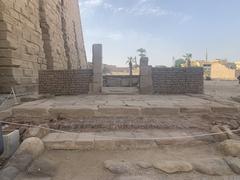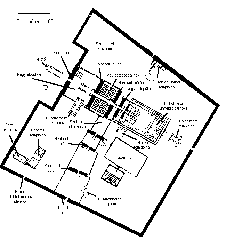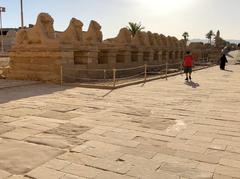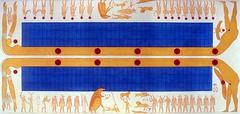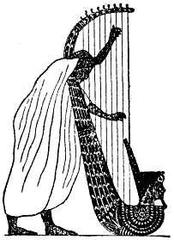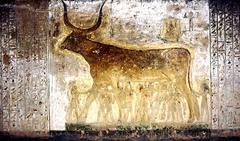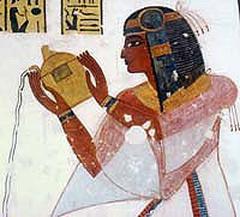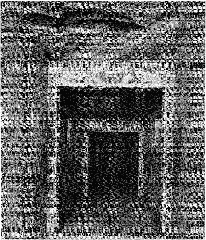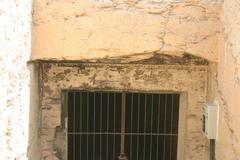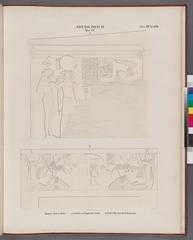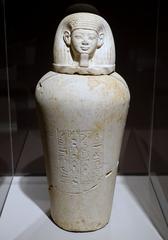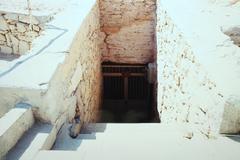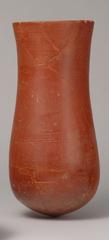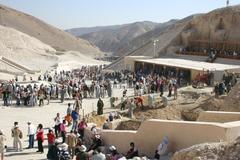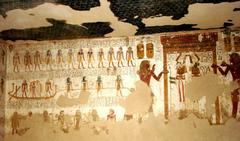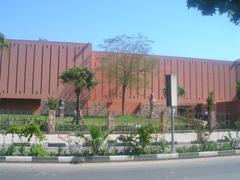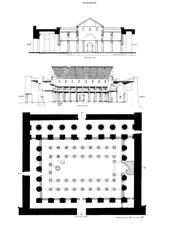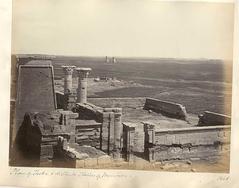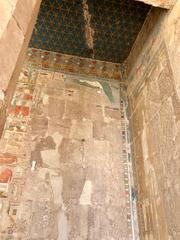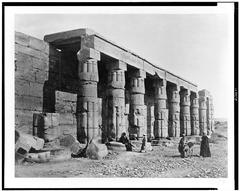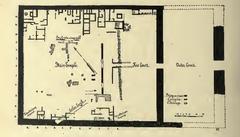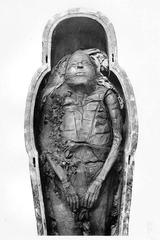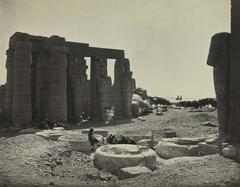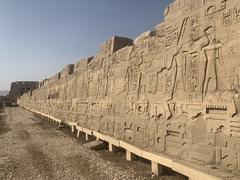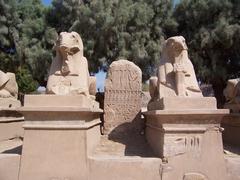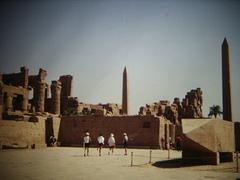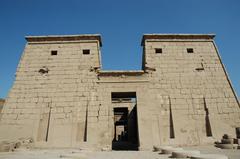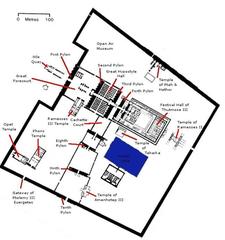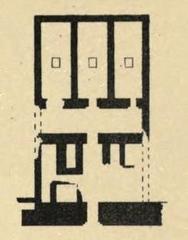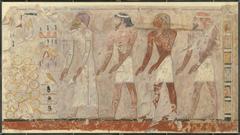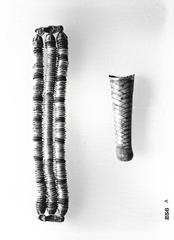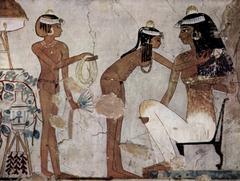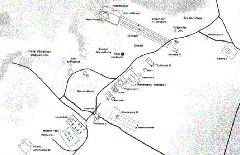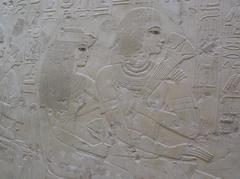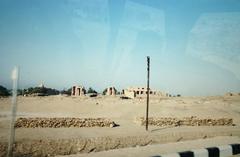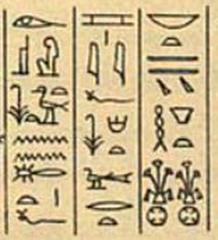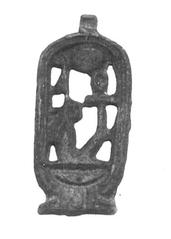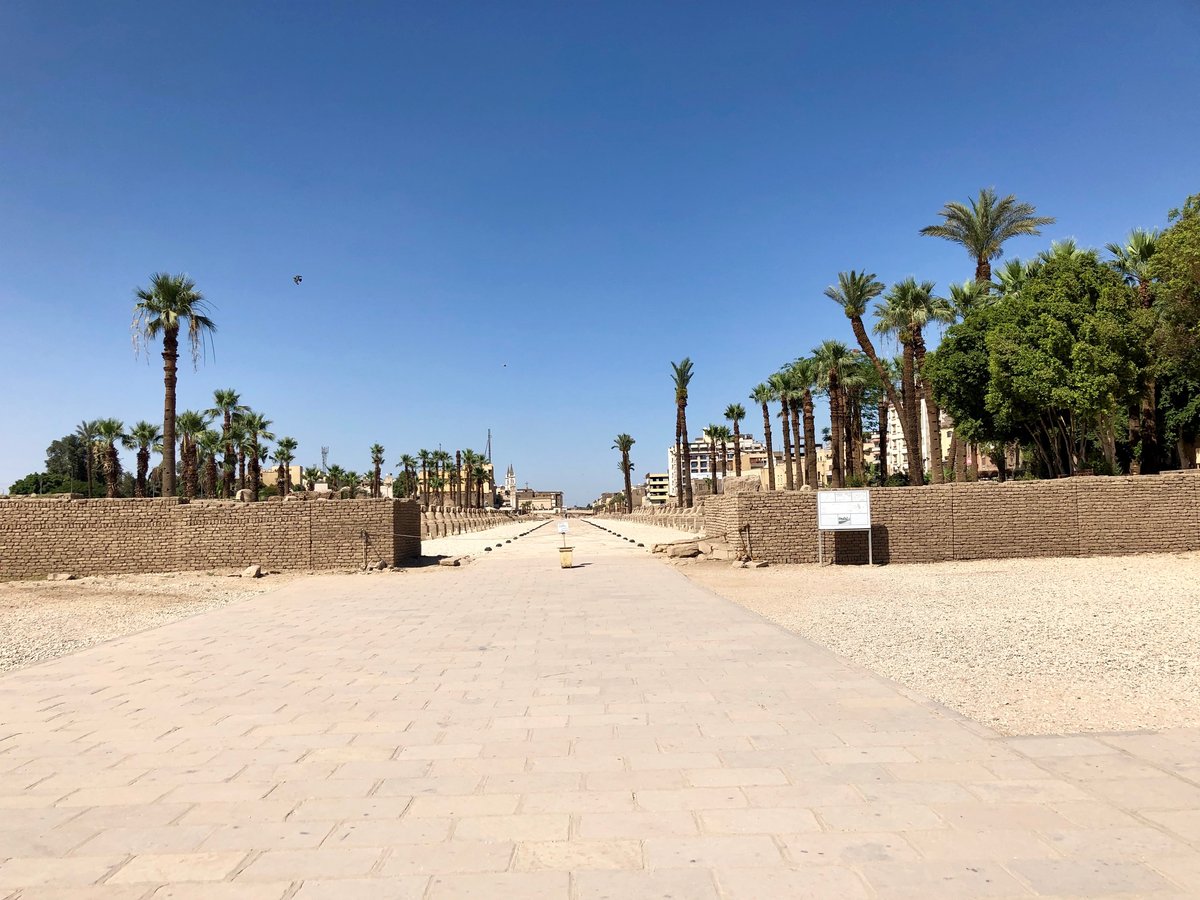
Luxor Temple Visiting Hours, Tickets, and Travel Tips
Date: 17/07/2024
Introduction
Luxor Temple stands as one of Egypt’s most iconic and historically significant monuments, offering a unique glimpse into the grandeur of ancient Egyptian civilization. Located on the east bank of the Nile River in modern-day Luxor, formerly known as Thebes, this temple has been a focal point for religious, cultural, and political activities for millennia. Its construction began under the reign of Pharaoh Amenhotep III in the 14th century BC and continued through the contributions of notable rulers such as Tutankhamun, Ramses II, and even Alexander the Great. Luxor Temple is dedicated to the Theban Triad: Amun-Re, the king of the gods; Mut, his consort; and their son, Khonsu, the moon god. This divine family symbolized creation, power, and renewal, reflecting the temple’s role in ancient rituals and ceremonies. The temple not only served as a center for worship but also played a crucial role in the Opet Festival, an annual celebration of fertility and kingship that saw the statues of the Theban Triad paraded from Karnak Temple to Luxor Temple (source). Over the centuries, Luxor Temple witnessed various transformations, including its adaptation during the Roman period and the rise of Christianity. Today, it stands as a UNESCO World Heritage Site, attracting millions of visitors who come to marvel at its architectural splendor and delve into its rich history. This comprehensive guide aims to provide detailed insights into the historical significance, architectural features, visiting hours, ticket information, and travel tips for Luxor Temple, ensuring you have all the information needed for an enriching visit.
Table of Contents
- [Historical Significance of Luxor Temple](#historical-significance-of-luxor-templehistorical-significance-of-luxor-temple)
- [A Temple Dedicated to the Theban Triad](#a-temple-dedicated-to-the-theban-triada-temple-dedicated-to-the-theban-triad)
- [Amenhotep III - The Foundation of Grandeur](#amenhotep-iii---the-foundation-of-grandeuramenhotep-iii---the-foundation-of-grandeur)
- [Akhenaten’s Brief Interruption and Tutankhamun’s Restoration](#akhenatens-brief-interruption-and-tutankhamuns-restorationakhenatens-brief-interruption-and-tutankhamuns-restoration)
- [Ramses II - Expansion and Military Prowess](#ramses-ii---expansion-and-military-prowessramses-ii---expansion-and-military-prowess)
- [Later Additions and Transformations](#later-additions-and-transformationslater-additions-and-transformations)
- [Roman Influence and the Advent of Christianity](#roman-influence-and-the-advent-of-christianityroman-influence-and-the-advent-of-christianity)
- [Rediscovery and Modern Significance](#rediscovery-and-modern-significancerediscovery-and-modern-significance)
- [Architectural Features of Luxor Temple](#architectural-features-of-luxor-templearchitectural-features-of-luxor-temple)
- [The Avenue of Sphinxes](#the-avenue-of-sphinxesthe-avenue-of-sphinxes)
- [The First Pylon - A Monument to Royal Might](#the-first-pylon---a-monument-to-royal-mightthe-first-pylon---a-monument-to-royal-might)
- [The Court of Ramses II - An Open-Air Spectacle](#the-court-of-ramses-ii---an-open-air-spectaclethe-court-of-ramses-ii---an-open-air-spectacle)
- [The Colonnade of Amenhotep III - A Symphony in Stone](#the-colonnade-of-amenhotep-iii---a-symphony-in-stonethe-colonnade-of-amenhotep-iii---a-symphony-in-stone)
- [The Inner Sanctuaries - The Heart of Luxor Temple](#the-inner-sanctuaries---the-heart-of-luxor-templethe-inner-sanctuaries---the-heart-of-luxor-temple)
- [The Roman Influence - A Blend of Cultures](#the-roman-influence---a-blend-of-culturesthe-roman-influence---a-blend-of-cultures)
- [Visitor Information](#visitor-informationvisitor-information)
- [Visiting Hours](#visiting-hoursvisiting-hours)
- [Ticket Information](#ticket-informationticket-information)
- [Travel Tips](#travel-tipstravel-tips)
- [Special Events and Guided Tours](#special-events-and-guided-toursspecial-events-and-guided-tours)
- [Frequently Asked Questions](#frequently-asked-questionsfrequently-asked-questions)
- [Conclusion and Call to Action](#conclusion-and-call-to-actionconclusion-and-call-to-action)
Historical Significance of Luxor Temple
Luxor Temple served as a grand celebration of kingship and the rejuvenation of royal authority. Unlike other temples in the area dedicated to a single pharaoh or god, its construction spanned centuries, with contributions from some of Egypt’s most renowned pharaohs, each leaving their mark on its magnificent architecture and religious significance.
A Temple Dedicated to the Theban Triad
At its core, Luxor Temple was dedicated to the Theban Triad - Amun, the king of the gods; Mut, his consort; and Khonsu, their son. This divine family represented the fundamental principles of creation, power, and renewal, reflecting the temple’s role in affirming the pharaoh’s divine right to rule.
Amenhotep III - The Foundation of Grandeur
The temple’s origins can be traced back to the reign of Amenhotep III (1390-1352 BC), a pharaoh of the 18th Dynasty known for his prosperous and peaceful reign. He envisioned a grand temple complex dedicated to the Theban Triad and initiated its construction, laying the foundation for the temple’s awe-inspiring scale and grandeur. Amenhotep III’s contributions included the temple’s inner sanctuaries, the colonnaded courtyard, and the beginning of the grand processional way leading to Karnak Temple.
Akhenaten’s Brief Interruption and Tutankhamun’s Restoration
The reign of Amenhotep IV, later known as Akhenaten (1352-1336 BC), marked a brief but significant interruption in the temple’s development. Akhenaten, a revolutionary pharaoh, attempted to shift Egypt’s religious focus from the traditional pantheon to the worship of Aten, the sun disc. During his reign, the temple’s construction was halted, and some of its decorations were defaced to erase the presence of Amun and other traditional deities.
Following Akhenaten’s death, his successor, the young Tutankhamun (1332-1323 BC), reversed his predecessor’s religious reforms and reinstated the traditional gods. Under his rule, construction at Luxor Temple resumed, and efforts were made to restore the damaged decorations, reasserting the dominance of Amun and the Theban Triad.
Ramses II - Expansion and Military Prowess
The temple experienced a significant expansion during the reign of Ramses II (1279-1213 BC), one of Egypt’s most powerful pharaohs. Ramses II, known for his military campaigns and ambitious building projects, sought to leave his mark on Luxor Temple, adding a massive pylon gateway at the temple’s entrance, adorned with scenes of his military victories, particularly the Battle of Kadesh against the Hittites. He also constructed a large courtyard and a majestic colonnade featuring colossal statues of himself, further solidifying his image as a powerful and divinely appointed ruler.
Later Additions and Transformations
Over the centuries following Ramses II, subsequent rulers continued to make additions and alterations to Luxor Temple. Alexander the Great, during the Ptolemaic period (332-30 BC), added a small chapel dedicated to the birth of Alexander, incorporating elements of Greek architectural style into the temple complex.
Roman Influence and the Advent of Christianity
During the Roman period (30 BC - 395 AD), Luxor Temple, like many ancient Egyptian temples, underwent a transformation. The Romans, recognizing the strategic importance of the site, converted parts of the temple complex into a military fortress. Evidence of their presence can be seen in the remains of a Roman encampment within the temple walls and the adaptation of some structures for military purposes.
With the rise of Christianity in Egypt, Luxor Temple was further repurposed. A church dedicated to the martyrs of Thebes was built within the temple complex, incorporating the temple’s hypostyle hall into its structure. This adaptation reflects the changing religious landscape of Egypt and the assimilation of ancient structures into the new faith.
Rediscovery and Modern Significance
Luxor Temple, buried beneath centuries of sand and debris, was gradually rediscovered and excavated in the 19th century by archaeologists, revealing its architectural splendor and historical significance to the world. Today, it stands as a UNESCO World Heritage Site, attracting millions of visitors annually who come to marvel at its grandeur and delve into the rich history it embodies (source).
The temple’s annual Opet Festival, once a grand celebration of fertility and kingship, continues to resonate in the present day. Although no longer celebrated in its original form, the festival’s legacy is kept alive through cultural events and performances held at the temple, offering a glimpse into the vibrant religious traditions of ancient Egypt.
Architectural Features of Luxor Temple
Luxor Temple, unlike other temples in ancient Egypt that honor a single deity or a family of gods, stands out as a grand monument dedicated to the rejuvenation of kingship. This purpose is reflected in its magnificent architectural design, a harmonious blend of grandeur and intricate details, shaped and reshaped over centuries by successive pharaohs.
The Avenue of Sphinxes
The approach to Luxor Temple is an experience in itself. Visitors are greeted by the majestic Avenue of Sphinxes, a 3-kilometer (1.86 miles) long pathway that once connected Luxor Temple with the grand Karnak Temple complex to the north. Originally lined with hundreds of human-headed sphinxes on either side, this processional avenue played a crucial role in the annual Opet Festival. This grand celebration saw the statue of Amun-Re, along with those of Mut and Khonsu, paraded with great fanfare from Karnak to Luxor Temple, symbolizing the ritualistic journey of power and renewal.
The First Pylon - A Monument to Royal Might
The journey through Luxor Temple begins at the massive First Pylon, a monumental gateway constructed by Ramses II (1279-1213 BC). Two towering obelisks, once flanking the entrance, stood as symbols of royal authority. Today, only one remains in its original location, while its twin graces the Place de la Concorde in Paris. The pylon’s surface is adorned with intricate carvings depicting scenes of Ramses II’s military triumphs, particularly the Battle of Kadesh against the Hittites. These elaborate reliefs, typical of the New Kingdom period, served as powerful propaganda tools, showcasing the pharaoh’s might and divine right to rule.
The Court of Ramses II - An Open-Air Spectacle
Passing through the First Pylon, visitors enter the grand Court of Ramses II. This vast, open-air courtyard, enclosed by colossal columns on three sides, exemplifies the architectural prowess of the New Kingdom. The double rows of papyrus-shaped columns, each with bud capitals, create a sense of awe and grandeur, their massive scale dwarfing visitors. The court once housed numerous statues of Ramses II, further emphasizing his role as the builder and patron of this section of the temple.
The Colonnade of Amenhotep III - A Symphony in Stone
Beyond the Court of Ramses II lies the Colonnade of Amenhotep III, a breathtaking architectural masterpiece. This covered passageway, supported by towering columns with open papyrus capitals, leads to the temple’s inner sanctuaries. The columns, each over 15 meters (49 feet) tall, create a mesmerizing play of light and shadow, their surfaces adorned with intricate reliefs depicting scenes of religious rituals and offerings to the gods. The Colonnade of Amenhotep III stands as a testament to the artistic and architectural brilliance of the Eighteenth Dynasty, a period considered the golden age of ancient Egyptian civilization.
The Inner Sanctuaries - The Heart of Luxor Temple
The Colonnade of Amenhotep III leads to the inner sanctuaries, the most sacred part of the temple. This area, accessible only to the pharaoh and high priests, housed the cult statues of Amun-Re and other deities. The sanctuaries, though smaller in scale compared to the grand courtyards, are richly decorated with intricate carvings and inscriptions, reflecting their religious significance. The Birth Room, dedicated to the divine birth of Amenhotep III, and the Barque Shrine, where the sacred barque carrying the image of Amun-Re was kept, are among the most important chambers in this section of the temple.
The Mosque of Abu Haggag - A Testament to Luxor’s Layered History
Luxor Temple, unlike many ancient Egyptian monuments, bears witness to a continuous history of faith and devotion. Built atop the ruins of earlier structures within the temple complex, the Mosque of Abu Haggag stands as a testament to Luxor’s layered past. This functioning mosque, dating back to the 13th century AD, showcases the enduring legacy of Islam in the region, coexisting alongside the remnants of ancient Egyptian civilization.
The Roman Influence - A Blend of Cultures
The Roman presence in Egypt left its mark on Luxor Temple, adding another layer to its architectural tapestry. During their reign, the Romans repurposed parts of the temple complex, incorporating their own architectural elements. The Roman Chapel, located near the Court of Ramses II, is a prime example of this cultural fusion. This small chapel, dedicated to the Roman emperor, features typical Roman architectural features, showcasing the adaptability of the temple complex and its ability to accommodate different faiths and rulers throughout history.
Visitor Information
Visiting Hours
Luxor Temple is open to visitors every day from 6:00 AM to 9:00 PM. The best times to visit are early morning or late afternoon to avoid the midday heat and large crowds.
Ticket Information
Tickets can be purchased at the entrance or online through the official site. General admission costs approximately $10 for adults, with discounts available for students and children. Guided tours are also available for an additional fee.
Travel Tips
- Best Time to Visit - The cooler months from October to April are ideal for visiting Luxor Temple.
- Nearby Attractions - Don’t miss the nearby Karnak Temple and the Valley of the Kings for a comprehensive experience of Luxor’s historical sites.
- Accessibility - The temple is wheelchair accessible, with ramps and pathways to accommodate all visitors.
- Photography Spots - Key spots include the grand entrance pylon, the colonnade, and the inner sanctuaries for breathtaking photos.
Special Events and Guided Tours
Luxor Temple hosts special events throughout the year, including evening sound and light shows that narrate the temple’s history with dramatic lighting effects. Guided tours led by knowledgeable Egyptologists offer deeper insights into the temple’s significance and are highly recommended.
Frequently Asked Questions
What are the opening hours of Luxor Temple?
- Luxor Temple is open daily from 6:00 AM to 9:00 PM.
How much do tickets to Luxor Temple cost?
- General admission costs approximately $10 for adults, with discounts for students and children.
Is Luxor Temple wheelchair accessible?
- Yes, the temple is equipped with ramps and pathways to accommodate all visitors.
What are some nearby attractions?
- Nearby attractions include Karnak Temple and the Valley of the Kings.
Conclusion and Call to Action
Luxor Temple, with its enduring presence on the banks of the Nile, serves as a captivating reminder of ancient Egypt’s glorious past. Its historical significance lies not only in its architectural magnificence but also in its role as a testament to the evolving religious and political landscape of one of the world’s most fascinating civilizations. Plan your visit today to explore this remarkable site, and don’t forget to download our mobile app Audiala for more travel tips and updates. Follow us on social media for the latest news and events!
